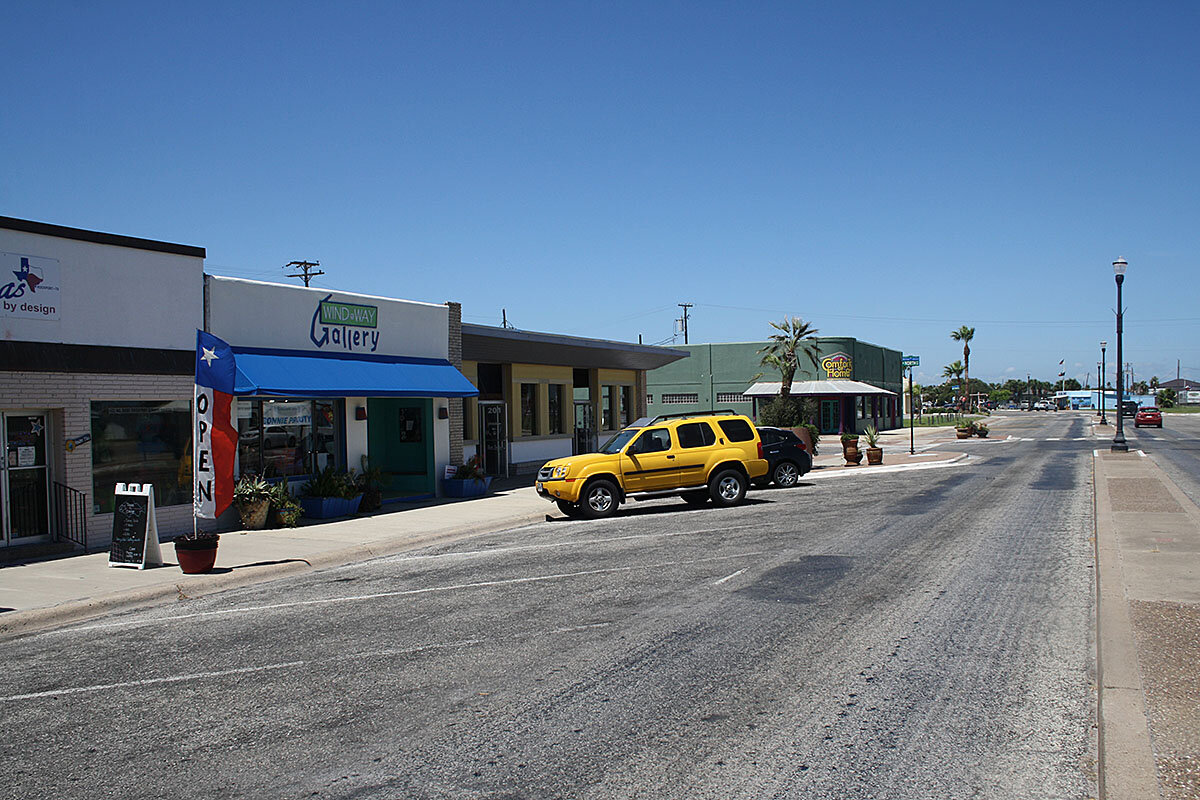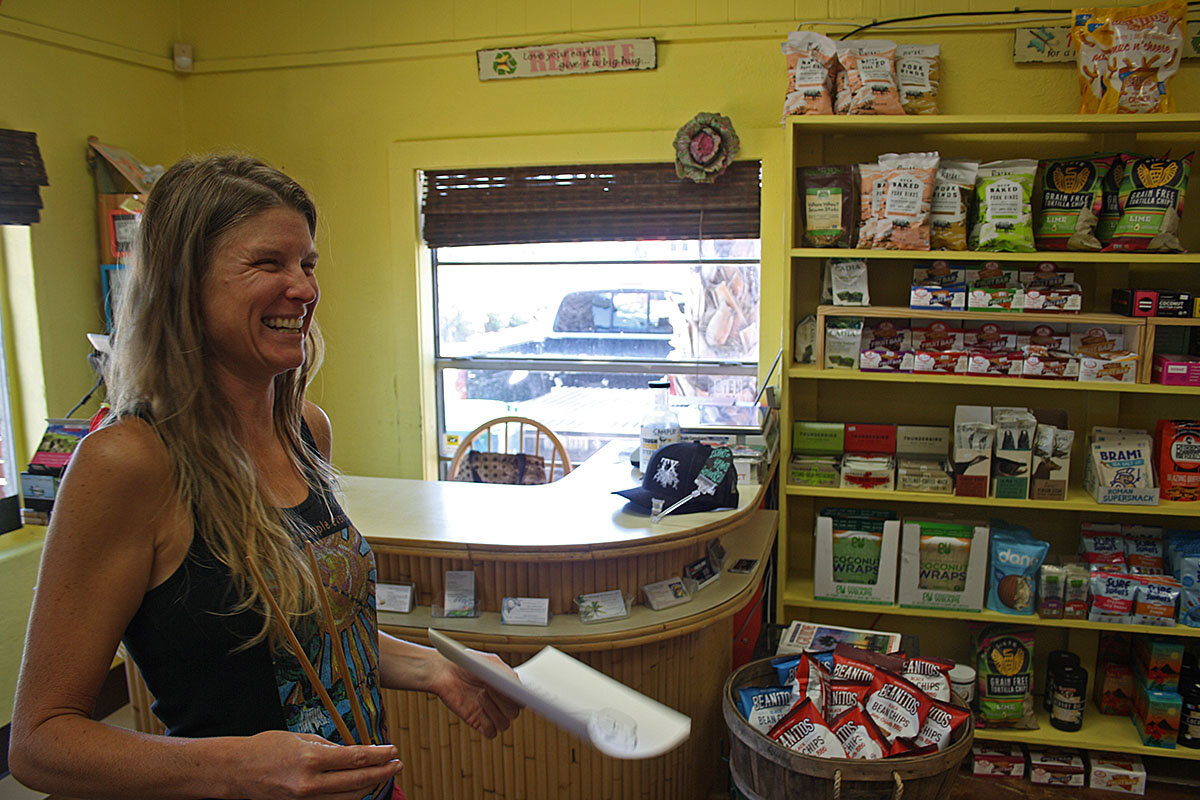On Harvey anniversary, why some Texans say they may never return home
Loading...
| Rockport and Port Aransas, Texas
Corpus Christi isn’t one of America’s biggest cities, but it’s bigger than a room at the Super 8 motel in Weslaco, which is why Gina Rodriguez liked it – at least at first.
In the roughly nine months she’s lived there since hurricane Harvey destroyed her home in the Gulf Coast island town of Port Aransas, however, the “small town” single mom has grown tired of it. Tired of the long commute to her job on the island. Tired of the “insane” Corpus traffic, which she compares to playing Mario Kart. Tired of not being able to see the stars at night.
She is planning to move out of Corpus soon, and she would like to move back to Port Aransas, where she would be closer to her job and where her autistic son could attend a school with the resources he needs to realize his dream of becoming a military pilot. She doesn’t think she’ll be able to move back, however.
Why We Wrote This
In the wake of disaster, the rush to rebuild can sometimes leave whole communities behind. One year after hurricane Harvey, coastal Texas struggles to achieve equitable recovery.
“It’s not easy, but the displacement has seemed fair for some and unfair for most,” says Ms. Rodriguez, taking a break from her job at a coffee shop in Port Aransas.
“I understand we’re trying to get tourists and people who will pay those prices,” she adds. But in a town where about 80 percent of the businesses are restaurants and bars “they’ll need to develop something for the people serving them, because without them it’s just a huge sandbox here.”
A year on, recovery from Harvey is well underway in Texas. Seventy percent of affected Texans say their lives are largely or almost back to normal, according to a Kaiser Family Foundation/Episcopal Health Foundation survey released this week. But while the water has long receded and the mounds of debris piles along streets from Beaumont to Rockport have been cleared, issues remain, particularly for low-income Texans like Rodriguez.
Here in Texas’s central Gulf Coast, where Harvey made landfall almost exactly one year ago and where low-wage workers are vital to the tourism-based economy, the inability for those workers to live in the towns they work in could significantly hamper the region’s recovery.
In the Rockport area, 83 percent of the town’s businesses are open, according to Randall Freeze, the intergovernmental coordinator for the Aransas County Long Term Recovery Group. But their hours are limited because of the depleted workforce, largely a result of the lack of housing, he says.
“Pre-storm we were a 100 percent tourism economy, and it was 100 percent impacted,” he adds. “Unfortunately [those jobs] don’t pay a lot of money, so we need to accommodate those folks and provide for that workforce.”
The Galveston lesson
In Rockport, the storm destroyed 600 apartment units where much of the low-wage workforce lived, according to Mr. Freeze, and requirements attached to federal recovery funds mean that at least 51 percent of new units built in the town have to be set aside for low-income residents.
Freeze is hoping the 600 apartment units will be rebuilt or replaced within the next 18 months.
“The biggest problem we’re dealing with is federal money,” he says. “It takes a long time for them to basically write the check.”
The situation in Port Aransas is more complicated. There was an affordable housing shortage pre-Harvey, and then the storm destroyed 85 percent of the homes on the island. Federal housing recovery dollars are mostly intended to benefit low- and moderate-income communities, but because the town is mostly short-term rentals and wealthier retirees “most of those pots [of money] aren’t available to us,” says Charles Bujan, the Port Aransas mayor.
“If you don’t have the affordable housing, it affects, number one, your workforce. That affects business, which is tourism, and [that] affects our school system,” he adds. “When your schools start dying, your city starts dying.”
Mr. Bujan hopes to have around 100 affordable units available on the island within the next year, and Texas's recent history with hurricane recovery and affordable housing means there will be a close eye on the progress that towns like Rockport and Port Aransas make over the coming years.
When hurricane Ike hit Galveston, a Texas beach town south of Houston, in 2008, it destroyed every public housing unit in the city. As of July 30, fewer than half of the 569 public units had been rebuilt, despite state and federal mandates to rebuild all of them.
“At this point in time no one wants to be Galveston, no one wants to be that area that didn’t rebuild its [affordable] housing,” says Chrishelle Palay from the Texas Low Income Housing Information Service.
'Back like Seabiscuit'
Rebuilding the tourism-reliant Coastal Bend with a depleted low-wage workforce is like driving with the handbrake on. Much like a good restaurant, the relaxing scene sold to visitors here is only possible because of the organized chaos of the low-wage workers getting everything done invisibly.
John Meara did everything he could to stay living and working in Rockport after Harvey – and even then he needed a little luck. From sleeping on a friend’s couch, to camping, to sleeping in a vacant house where he was doing part-time maintenance work, he has been able to stay in town and keep his job at the Apple Dumpling Deli.
His job at the deli is varied and hard to define, ranging from cooking and dishwashing to maintenance. He simply describes himself as “the barn boss.”
“I consider myself really fortunate,” he says, “and I had a hell of a time finding a place to live.”
Standing outside the deli earlier this week, Mr. Meara embodies the sizzling tumult of the kitchen. Sporting a sheen of sweat, he points out empty lots where buildings used to stand and businesses are in varying states of recovery. He says it’s only in the past few months that he’s stopped seeing people in tents.
“You're always going to be somewhat limited in where you can live, but it's gotten harder,” he adds. “A lot of people I knew that worked in this business I haven't seen or heard from since.”
Meara grew up across the Gulf in Florida and has lived in beach towns much of his life. Given that experience, he’s optimistic about the progress the town seems to be making.
“This place, when it really super comes back, it's going to come back like Seabiscuit. It'll make the comeback of comebacks,” he adds. “But it’s still baby steps.”
Regrowing pains
Kimmi Moake’s health food store in Rockport hasn’t been able to survive the baby steps stage, and therein lies a monumental challenge for these towns. Building affordable housing is critical to getting their businesses functioning at maximum, but that is only one issue among many.
Tourism was understandably lighter than normal this summer. That combined with 30 to 40 of her most reliable customers being displaced by Harvey has given Ms. Moake little choice but to shutter her small business at the end of the month.
“It’s going to build back up, I just don’t want to keep waiting around for it, so I’m going to take care of myself,” she says.
“You can only imagine how difficult it is to operate on a budget with no money coming in,” she adds, “and it’s not just me that’s doing it.”
Indeed, even local governments have been hurt by the slow business year. On any given day there are usually about 75,000 people in Port Aransas, says Bujan. But the permanent population is barely 5 percent of that, a population that generates an operating budget of $10 million a year.
When you factor in the $70 million in damaged infrastructure in the town, and general damage between $500 million and $1 billion, Bujan adds, that doesn’t leave a lot of time or money to focus on building affordable housing.
“Our business community has really suffered in terms of finding employees, and primarily because they can’t find a place to live,” he says. “This [housing] issue here is critical … [but] that’s not our only issue.”
In Rockport, Freeze is helping the county develop a long-term economic recovery amid short-term declines in tax and utility revenues.
“Someone’s not going to come here and get rich, it’s not going to be a career job here,” he says. “Hopefully as tourism expands, as we attract and bring in other industries, hopefully that will change.”
In the coffee shop in Port Aransas, Rodriguez’s son is playing on a cell phone near the gelato bar. Being able to bring her son to work is one of several reasons she has continued to work here since Harvey, despite being displaced. Being able to move here and enroll him in one of the best school districts in the country will be more difficult, however.
Ingleside and Aransas Pass, two towns on the nearby mainland, could reap the rewards of that, she thinks. After going through what she did a year ago, including losing her home and her job on the same day, moving there doesn’t sound so bad.
“They will blossom because that’s where everyone will go to to find somewhere to live,” she says.
“Things that bothered me before [Harvey] don’t anymore,” she adds. “It gives you grace with other people.”
[Editor's note: A previous version of this story misspelled Kimmi Moake's last name in a caption.]








